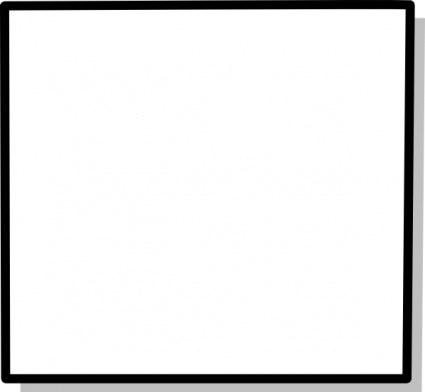Akhil Challenger Question

Consider a square with vertices at , , and . Let be the region consisting of all points inside the square which are nearer to the origin than to any edge. Find the area of correct upto four places of decimals.
Note: You may use a calculator for the final calculation.
The answer is 0.8758.
This section requires Javascript.
You are seeing this because something didn't load right. We suggest you, (a) try
refreshing the page, (b) enabling javascript if it is disabled on your browser and,
finally, (c)
loading the
non-javascript version of this page
. We're sorry about the hassle.
If we look just at the first quadrant ( x > 0 , y > 0 ) , we can write two following inequalities:
x 2 + y 2 < 1 − x
x 2 + y 2 < 1 − y
By rearranging them a bit we can get:
y 2 < 1 − 2 x
x 2 < 1 − 2 y
Now, we need to find area of region where both inequalities stand, easiest way to do that is by integration. I will do it by looking at the functions f ( x ) = 1 − 2 x and g ( x ) = 2 1 − x 2 . First we need to find for witch x f ( x ) = g ( x ) , by solving this equation we can find that the only real solution is x = 2 − 1 . I didn't know how to find area directly so i wrote it like this:
A = ∫ 0 2 1 f ( x ) d x − ∫ 0 2 − 1 ( f ( x ) − g ( x ) ) d x = 3 1 − ( 2 − 3 4 2 ) = 3 4 2 − 3 5
A is area just in first quadrant, since other three are equal S = 4 A = 4 ( 3 4 2 − 3 5 ) ≈ 0 . 8 7 5 8